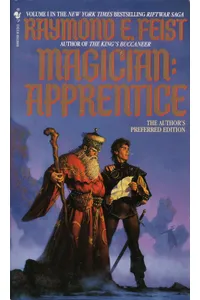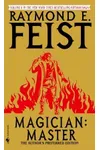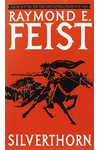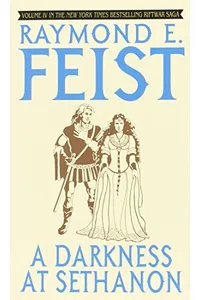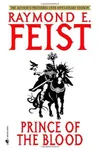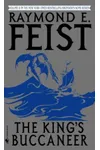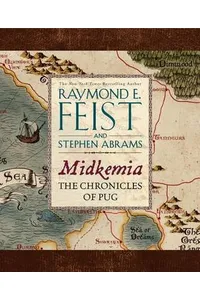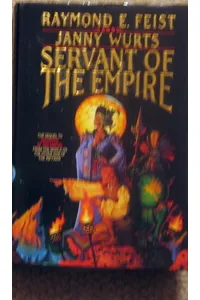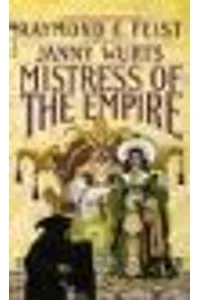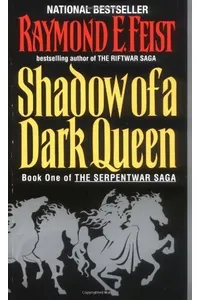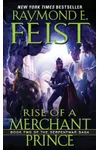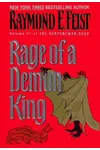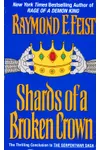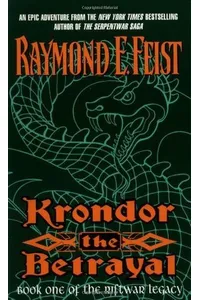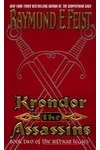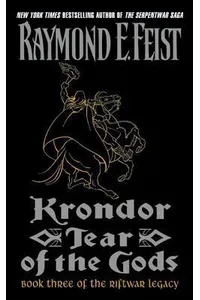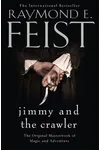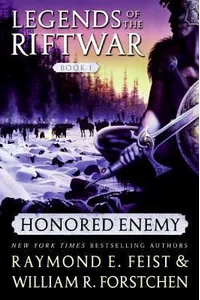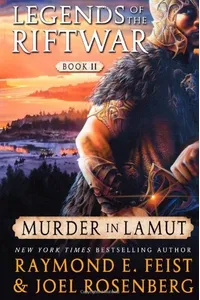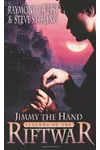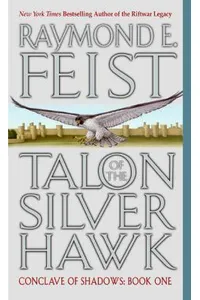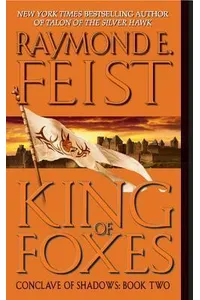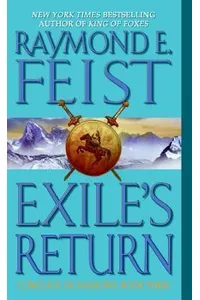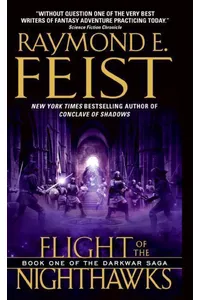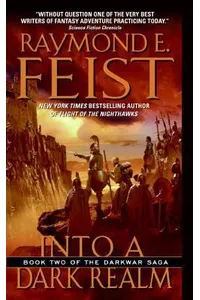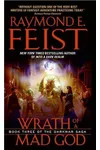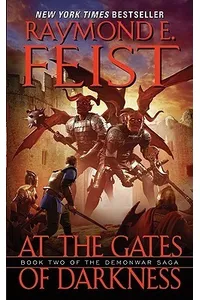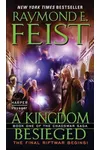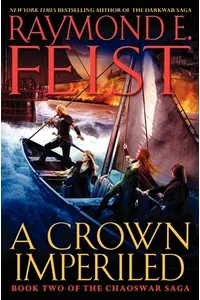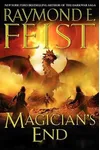Step into the enchanting world of the Riftwar Saga, where magic crackles, kingdoms clash, and an orphan named Pug rises to shape the fate of two worlds! Penned by Raymond E. Feist, this epic fantasy series is a cornerstone of the genre, weaving intricate tales of adventure, political intrigue, and cosmic battles across the vibrant worlds of Midkemia and Kelewan. Since its debut in 1982, the Riftwar Saga has captivated readers with its rich storytelling and unforgettable characters, making it a must-read for fantasy lovers.
With a blend of classic fantasy tropes and innovative world-building, the series invites you to explore a universe where rifts in space-time connect distant planets, sparking wars and alliances that echo through generations. Ready to embark on a journey through Feist’s masterful saga? Let’s dive in!
How Riftwar Saga Began
The Riftwar Saga sprang from Raymond E. Feist’s imagination during his time at the University of California, San Diego, in the late 1970s. Inspired by his role-playing group, the Thursday Nighters, Feist crafted the world of Midkemia as an alternative to Dungeons & Dragons. This collaborative game laid the foundation for the saga’s lush setting, complete with warring kingdoms, mystical creatures, and interdimensional rifts. Feist’s first novel, Magician, published in 1982 by Doubleday, launched the series, drawing from his love of fantasy and influences like J.R.R. Tolkien and M.A.R. Barker’s Tekumel. The series grew from these humble origins into a sprawling universe, with Feist’s storytelling earning millions of fans worldwide.
The Heart of Riftwar Saga
The Riftwar Saga comprises four core books: Magician: Apprentice, Magician: Master, Silverthorn, and A Darkness at Sethanon. Magician: Apprentice introduces Pug, an orphan who discovers his magical potential under the tutelage of the wizard Kulgan, only to be thrust into a war sparked by invaders from Kelewan crossing a cosmic rift. Magician: Master follows Pug’s growth as a powerful magician, navigating political intrigues and cosmic threats. Silverthorn shifts focus to Prince Arutha, who embarks on a quest to save his beloved from a deadly poison, while A Darkness at Sethanon delivers a thrilling climax with epic battles and Pug’s quest to confront a dark evil threatening both worlds.
The series shines through its themes of duty, sacrifice, and the clash between order and chaos. Feist’s Midkemia is a vivid medieval-inspired world populated by elves, dwarves, and dragons, while Kelewan, influenced by Barker’s Tekumel, offers a samurai-like culture with intricate political machinations. The saga’s blend of high fantasy and subtle sci-fi elements, like interdimensional rifts, creates a unique flavor, and Feist’s accessible prose keeps readers hooked. Though some critique its reliance on Tolkien-esque tropes, the series’ character-driven narratives and expansive scope make it a standout.
Why Riftwar Saga Resonates
The Riftwar Saga’s enduring appeal lies in its ability to balance intimate character arcs with grand, world-shaking events. Fans on platforms like Goodreads and Reddit praise its fast-paced storytelling and memorable characters like Pug, Tomas, and Jimmy the Hand, who evolve from humble beginnings to legendary figures. The series has sold over 15 million copies and inspired video games like Betrayal at Krondor, as well as a planned TV adaptation announced in 2022. Its influence on modern epic fantasy is undeniable, paving the way for expansive series by authors like George R.R. Martin. For many, the saga’s blend of adventure and heart remains a gateway to the genre.
- First Published: 1982 (Magician)
- Number of Books: 4 in the core Riftwar Saga
- Setting: Midkemia and Kelewan
- Notable Collaborator: Janny Wurts (Empire Trilogy)
Grab Magician: Apprentice and dive into the Riftwar Saga’s spellbinding world of magic and mayhem! Whether you’re a seasoned fantasy fan or a curious newcomer, Feist’s epic adventure awaits.
